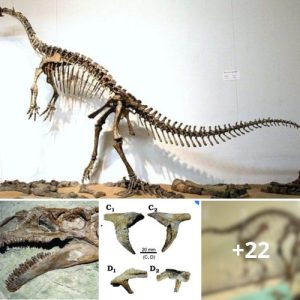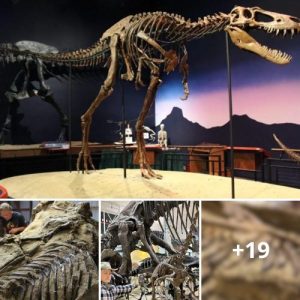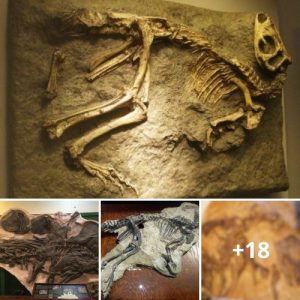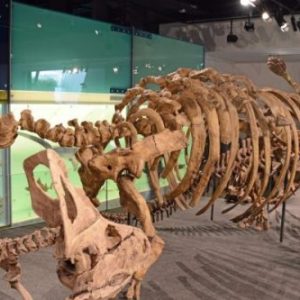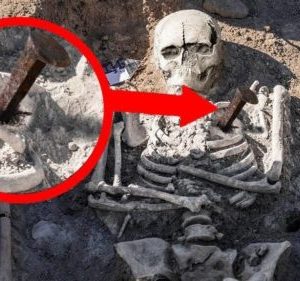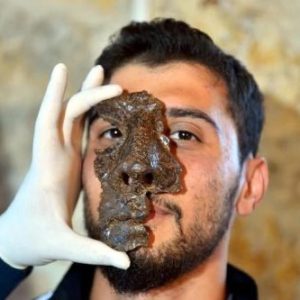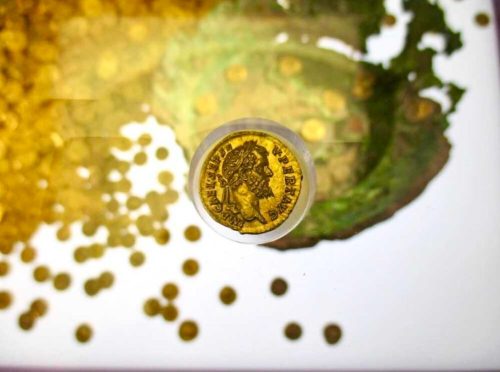
In the realm of archaeology and historical discoveries, few moments can match the excitement of unearthing a hidden treasure. Recently, the world was captivated by the remarkable discovery of a treasure trove in a remote location, unveiling the story of “Urea,” an incredible find comprising 18.5 kilograms of Roman gold and a staggering 2,500 sparkling pieces.
This extraordinary discovery not only sheds light on ancient Roman craftsmanship but also offers a glimpse into the historical context surrounding this treasure. In this article, we delve deep into the captivating story of “Urea.”
The Unveiling of Urea
The story of “Urea” began with an ordinary day of excavation in a remote part of what was once the Roman Empire. Archaeologists and historians were working diligently, hoping to unearth traces of a once-great civilization. Little did they know that this day would mark the beginning of an incredible journey.
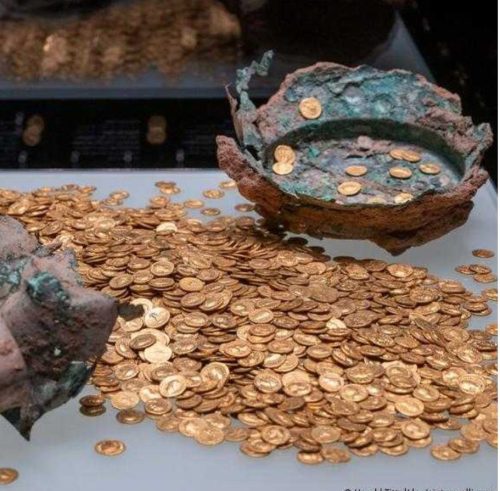
As the excavation team meticulously dug through layers of history, they stumbled upon an unassuming chest buried beneath centuries of dirt and debris. It was a moment of sheer anticipation as they carefully opened the chest, revealing a sight that would leave them in awe: shimmering gold and countless precious artifacts.
The Golden Legacy of Rome
The treasure trove of “Urea” comprised a staggering 18.5 kilograms of Roman gold. This astonishing amount of precious metal hinted at the wealth and opulence of the ancient Roman Empire. Gold, in Roman society, held immense value, not only as a symbol of wealth but also for its use in crafting intricate jewelry, coins, and religious artifacts.
The 2,500 sparkling pieces found alongside the gold included jewelry, coins, sculptures, and other valuable items. Each piece was a testament to the exquisite craftsmanship and artistic prowess of Roman artisans. The jewelry, adorned with intricate designs and gemstones, offered a glimpse into the fashion and adornments of Roman nobility. Coins from various eras provided insight into the economic and political changes that occurred during the empire’s reign.
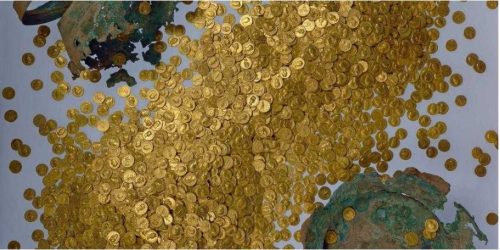
Historical Significance
The discovery of “Urea” goes beyond its intrinsic value; it is a historical treasure trove that allows us to peer into the past. It offers a unique opportunity to understand the lives of ancient Romans, their customs, beliefs, and societal structures.
Economic Insights: The vast quantity of gold and coins found in “Urea” underscores the economic might of the Roman Empire. It showcases their ability to amass wealth through conquests, trade, and taxation, enabling the construction of grand monuments and infrastructure.
Artistic Achievement: The intricate craftsmanship of the jewelry and sculptures found in the treasure attests to the artistic brilliance of Roman artisans. It provides valuable insights into their techniques and artistic influences.
Religious Significance: Some of the artifacts found in “Urea” are likely to have had religious significance. They may have been used in rituals or as offerings to Roman gods, shedding light on the spiritual beliefs of the time.
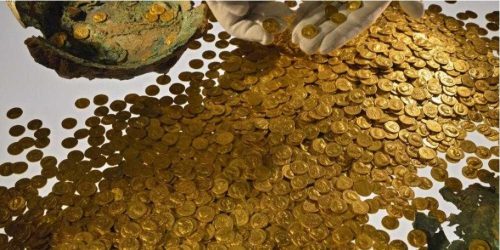
Archaeological Clues: The context in which “Urea” was found can help archaeologists piece together the history of the region, including settlement patterns, trade routes, and interactions with neighboring cultures.
Preservation and Display
After the initial discovery, extensive efforts were made to ensure the preservation and protection of “Urea.” The artifacts are now housed in a secure museum, where they are carefully curated and studied by experts. The museum offers a unique opportunity for historians, archaeologists, and the public to learn from and admire this extraordinary treasure.
Celebrating the Discovery
The discovery of “Urea” is indeed a cause for celebration. It is a testament to the enduring allure of history and the profound connections we can forge with the past. The treasure trove not only enriches our understanding of ancient Rome but also reminds us of the inexhaustible mysteries that await discovery beneath the earth’s surface.
Conclusion
“Urea” is a remarkable discovery that has captured the world’s imagination. Its 18.5 kilograms of Roman gold and 2,500 sparkling pieces are more than mere artifacts; they are windows into the rich tapestry of Roman history, culture, and craftsmanship. As we celebrate this extraordinary find, we are reminded of the importance of preserving and cherishing our shared human heritage. “Urea” stands as a shining testament to the enduring legacy of the Roman Empire and the unceasing quest to uncover the secrets of our past.

